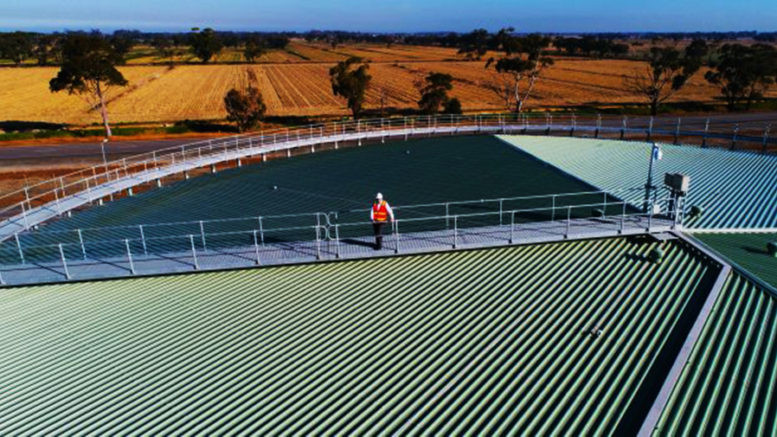Contributed from Victoria
According to a Fairfax report (Adam Carey The Age 23 July 2017), Melbourne faces chronic water shortages in the next decade.
The existence of a desalination plant, even if working at full capacity will not be enough to turn the situation around.
The fault is a failure to carry out proper planning in the face of increasing demand in a fast growing city that is also facing a drier future.
It is expected that water consumption will rise by at least 75 percent over the next 40 years, as the population doubles from the present number and demand is expected to exceed supply by around 2043.
This is the scenario has been projected by the water providers, City West Water, Yarra Valley Water and South East Water.
A dry spell and the possibility of an emerging new drought has made the situation even worse. Last year water catchments were 72 percent full and have now gone down to 62 percent.
Global warming may be leading to a drier climate, as an ongoing feature of Melbourne’s permanent environment.
Victoria’s government is addressing the problem, mainly with a 155 litre campaign to limit individual consumption. It is not working and could never be sufficient on its own. A complete re-evaluation on how water is used and action to drastically reduce waste is needed.
Building new dams is not the answer, given that they would only collect from the same catchment. New water catchment would take from an already depleted environment and bring about bad environmental consequences.
Suggestions that the existing desalinisation plant be extended, or that new ones be built, miss the point that they have their own negative environmental impacts and should not be the first choice, when better alternatives exist to boost the water supply.
A large proportion of water use goes into maintaining the traditional suburban house with a large and thirsty garden. These soak up water that should be used for other purposes. Changing lifestyles, and shifting to multiple dwellings on land currently occupied by one house, is the answer.
Continuing sprawl on the fringes will further reduce the catchments.
Increasing the population density would not necessarily prevent greening of the city. But it would impose the need to carefully plan how this is done. Innovation could bring in a shift towards natives and the use of systems that recycle water, use less of it and minimise wastage.
As it stands, a great deal of the water goes down the drain.
Melbourne loses a lot of water through runoff. Rather than continuing to allow it to flow into Port Phillip Bay, water could be recycled, treated with the help of solutions from a company like Veolia Water Technologies, and re-used. This should include grey (kitchen and laundry) and brown (toilet) water. Many cities around the world do it and it is perfectly safe.
A start has already been made at the Western Treatment Plant, on Melbourne’s south-western periphery. City West Water’s West Wyndham recycled water project has begun to provide recycled water to new outer suburban housing estates.
It can be taken much further.
This is a better choice than to succumb to what will be pressure to privatise this important resource and its distribution being decided by the price mechanism.
In this scenario, access to water would be dependent on capacity to afford, meaning that better healed suburbs will be better supplied than poorer ones. This is unfair and not something that most Melbournians are likely to welcome.
Water conservation is not a choice, but a necessity that will increasingly be forced by circumstances. What we do have a choice on, is over how this will be done.


Be the first to comment on "Melbourne could begin to run short of water by 2028"